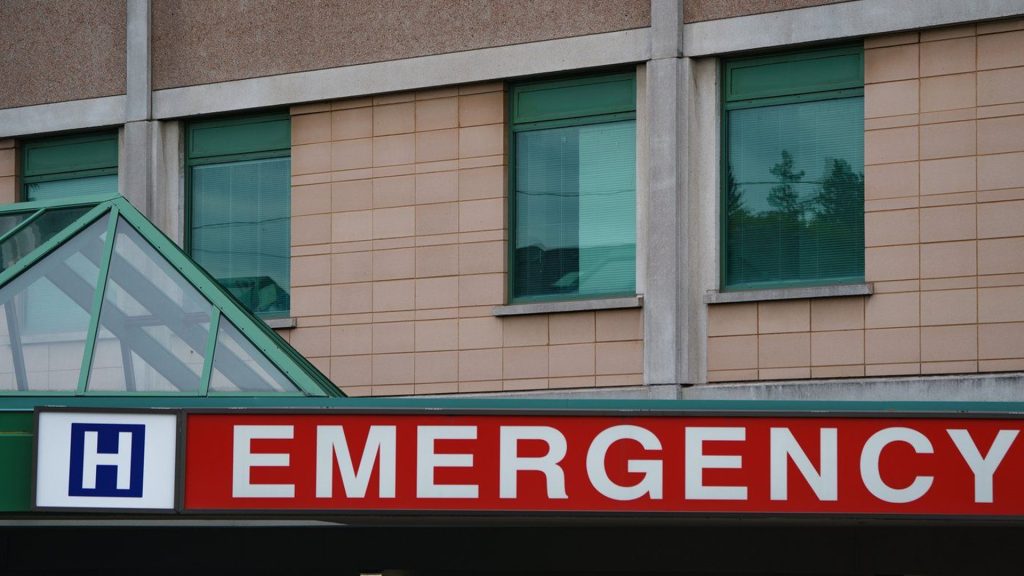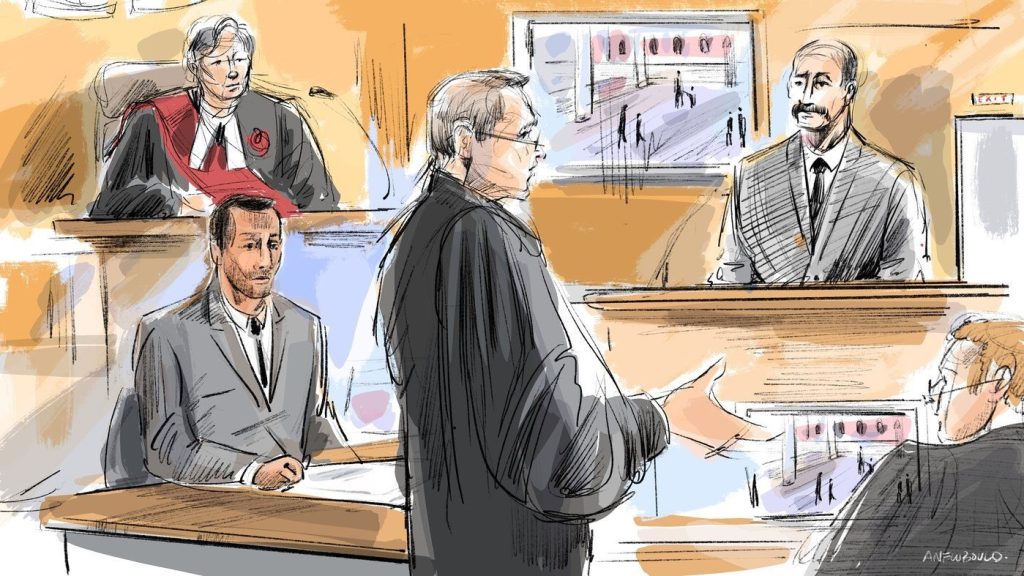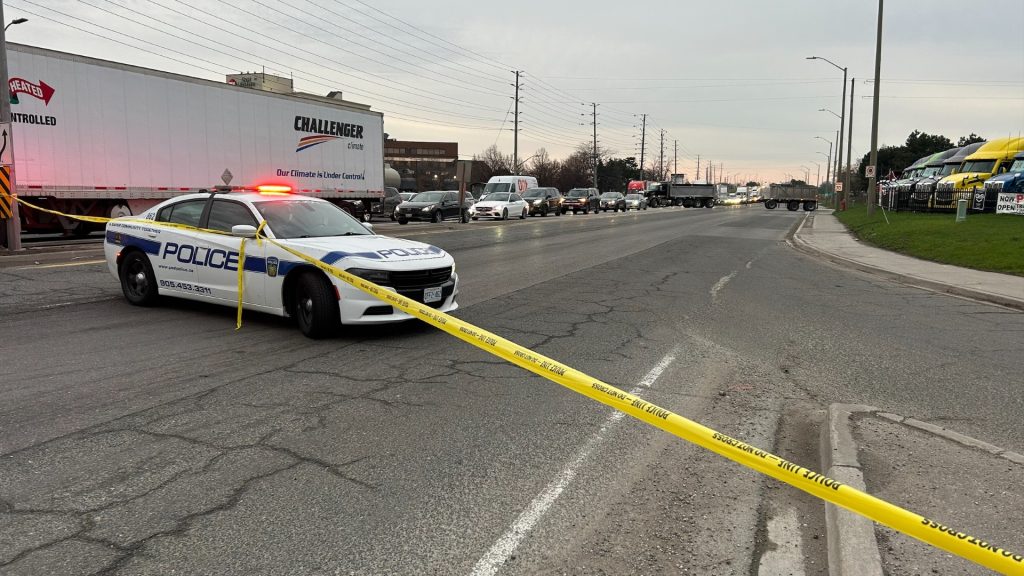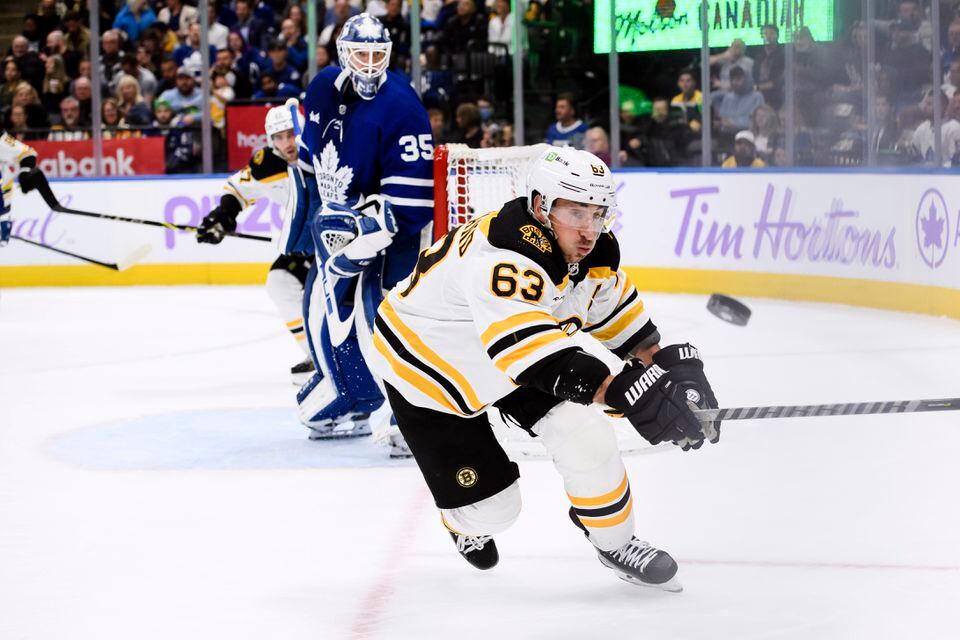Toronto Blue Jays’ path forward remains in place with no Rogers sale imminent
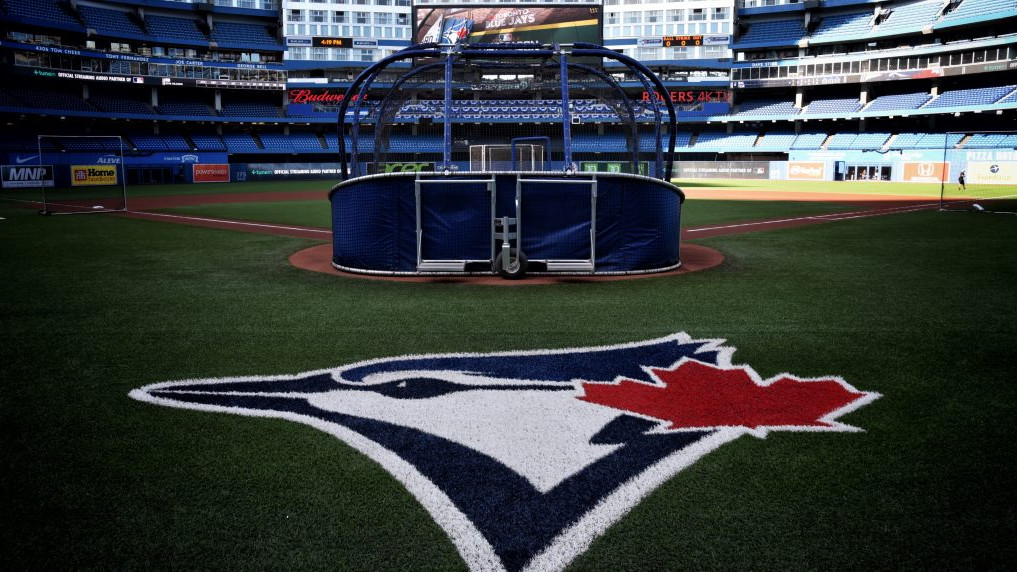
Posted November 22, 2021 10:48 pm.
TORONTO — Four years ago Tony Staffieri, then chief financial officer of Rogers Communications Inc., triggered an intense round of speculation when he told a finance industry conference that the Canadian telecom giant was looking for ways to “surface value” for the Toronto Blue Jays.
The comment came in the midst of a Q&A session, after he was asked if it still made sense for the company to own sports teams. In his reply, Staffieri noted that there were pathways to rent exclusive content, such as Rogers’ NHL rights deal, and that the Blue Jays had “become a very valuable asset for us that we don’t get full credit for.”
The desire to realize the team’s worth, then, isn’t new and shouldn’t be surprising now that it’s been thrown back into the public discourse after Andrew Willis of the Globe and Mail reported Monday that Rogers was considering selling a stake in the club.
Many things have changed since Staffieri made those comments four years ago, prime among them that he’s now interim chief executive officer, after leaving amid a bigger power struggle within the company, and Rogers seeking regulatory approval for a $26-billion purchase of Shaw Communications.
Still, neither development means there’s suddenly a ‘For Sale’ sign on the Blue Jays, and two industry sources cautioned that nothing material has been done to date and that nothing is imminent, either.
A Rogers spokesperson declined to comment on the report.
Regardless, none of that will quell the persistent speculation about Rogers seeking to become a strictly telecom asset, and one way to do that is by spinning out its media unit (which includes Sportsnet and this website) and sports assets — the Blue Jays and a 37.5 per cent stake in Maple Leafs Sports and Entertainment, which controls the Toronto Maple Leafs and Toronto Raptors, among other properties.
An equity research note sent from one Canadian bank Monday morning pegged the Blue Jays at $2 billion and the MLSE stake at $1.6 billion, and it’s that type of value Staffieri and other Rogers executives have long felt aren’t properly reflected in the company’s share price.
While some in the finance industry might look at those valuations and see a way to ease the $20-billion debt load in the Shaw deal (which the CRTC began examining Monday), that isn’t believed to be a factor in any potential Blue Jays deliberations.
Rather, the ongoing motivation may be that by allowing Rogers to focus on the core telecom business and a sports spinoff to focus on the team and media, the assets would end up stronger separated than they are together.
Such a situation isn’t unprecedented, as in 2010 the Dolan family spun out the Madison Square Garden unit — which held the NHL’s New York Rangers and NBA’s Knicks among other assets — from its Cablevision Systems Corp.
In a statement released at the time of the transaction, executive chairman James L. Dolan said the move “enables MSG to freely pursue its business plan while providing shareholders with the benefit of being able to more clearly evaluate the company’s assets and future potential.”
Whether such a structure, or one akin to it, would work for Rogers remains speculative, but is surely part of any current exploration.
If there was some sort of substantive ownership change, Major League Baseball would likely prefer the team go to an individual, as opposed to another corporation, and Edward Rogers, chairman of both the company and the baseball team, has long been seen as a leading candidate.
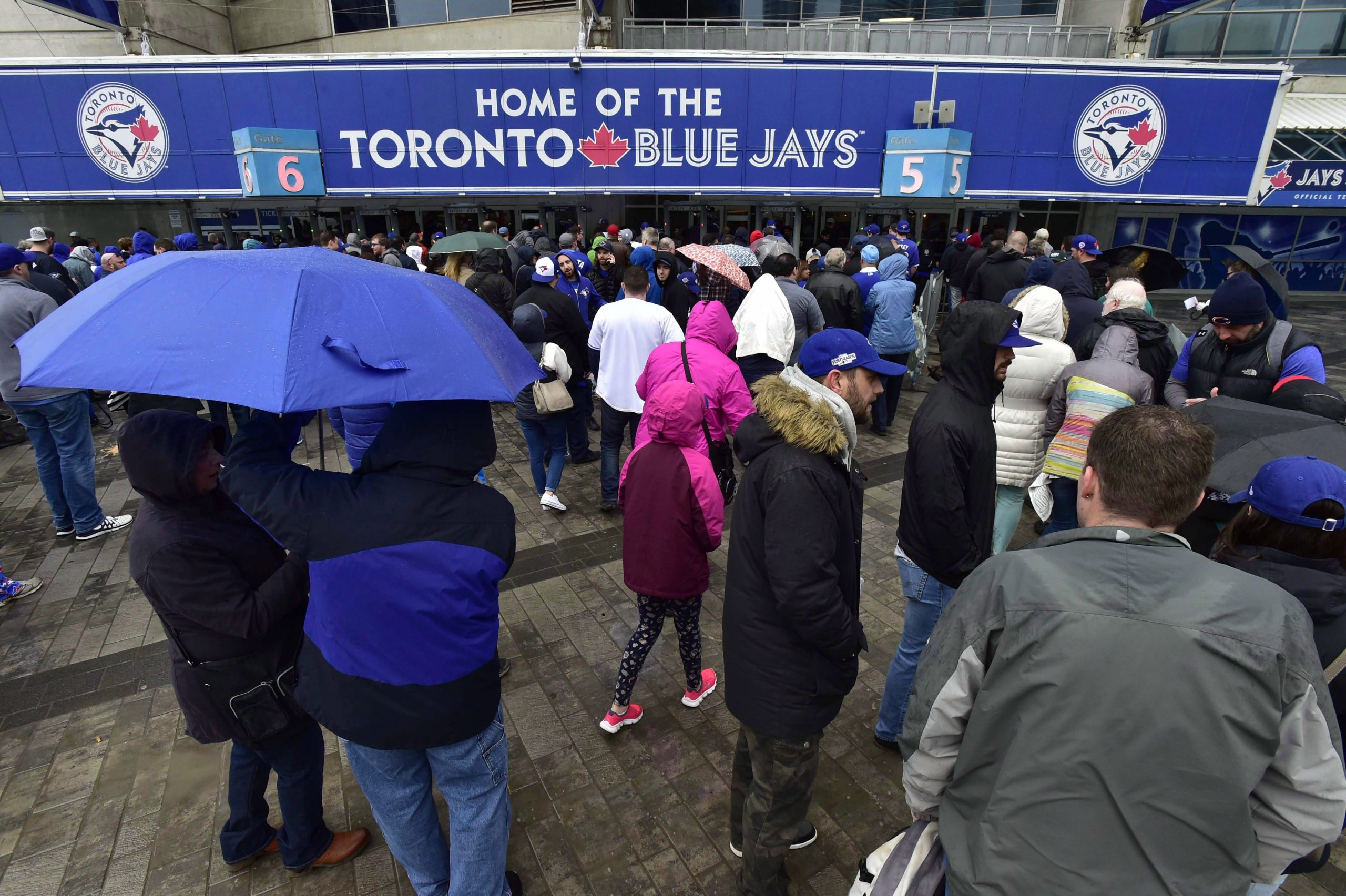
Fans arrive at the Rogers Centre for the Toronto Blue Jays season opener against the New York Yankees in Toronto, Thursday, March 29, 2018. THE CANADIAN PRESS/Fran Gunn
Edward Rogers, also the Blue Jays’ control person with MLB, has in recent years been increasingly supportive of the club, building a strong working relationship with team president and CEO Mark Shapiro. It’s unlikely he’ll suddenly want to let go of the Blue Jays when his actions suggest ambition in the realm.
All of which makes untangling all the interconnected pieces immensely complicated.
In the long-term, how everything shakes outs, if it changes at all, is very important for the Blue Jays, especially if the sports-anchored development project under consideration before the pandemic is to ever get done.
During his season-wrap-up comments back in October, Shapiro called the Rogers Centre, the Blue Jays’ current home, “a bigger issue that we’ve got to address,” and some sort of stadium upgrade is pivotal for them to keep their revenue streams at pace with rival clubs.
But between the pandemic pause and multiple layers of bureaucracy at play at the dome’s current site, a major project with residential and retail elements that leverage the stadium could take several years to pull off. That’s why a smaller-scale renovation of Rogers Centre, focused on reconfiguring the lower bowl, may very well be revisited as a stop-gap measure.
For the time being, the Blue Jays appear set on their budgetary track — as demonstrated by last week’s $131-million, seven-year extension for Jose Berrios — and there’s no indication to suggest that their plans for 2022 and beyond are about to be upended. The way their spending remained relatively unaffected through the revenue disruptions of the pandemic summer of 2020 and three-home-city 2021 would also speak to that.
Hence, no matter what conversations are taking place above them — trial balloons, exploratory discussions, actual groundwork — the Blue Jays’ path forward seems to be in place, even if the framework around could possibly change.
Rogers is the parent company of Sportsnet and CityNews.


